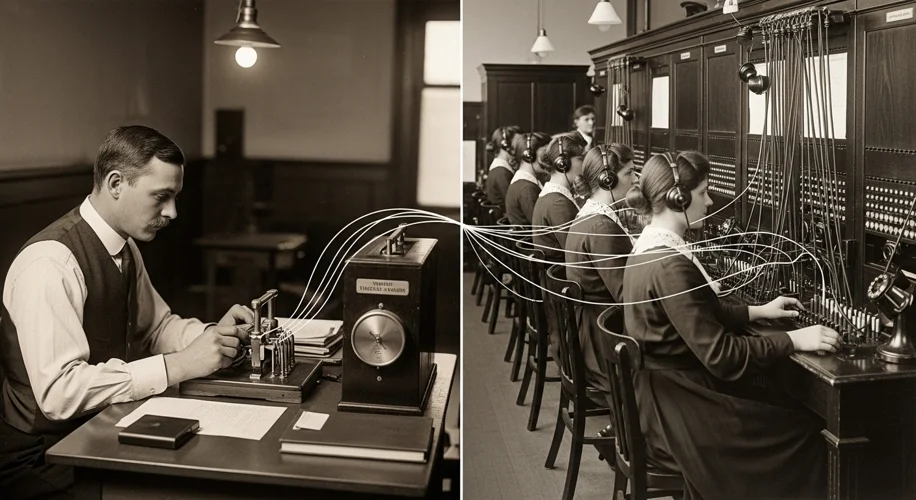Today, we often think of the internet as a sudden, almost magical arrival. But like most profound technological shifts, its roots run deep, tangled in a history of wires, dots, and voices long before screens glowed with instant information. In my years spent poring over historical documents, I’ve seen firsthand how the desire to communicate across distances laid the groundwork for the digital age we inhabit.
It’s easy to forget that the internet didn’t spring from a vacuum. Its story begins with a much older, simpler form of connection: the telegraph. Invented in the 1830s and 40s, systems like Samuel Morse’s utilized electrical signals sent over wires to transmit messages in code. This was revolutionary! For the first time, information could travel faster than any ship or horse. Imagine the impact: news of distant events arriving in days, not months. This early network, though limited, proved a fundamental concept – that we could bridge vast distances with technology.
Then came the telephone, a leap forward in immediacy and personal connection. Alexander Graham Bell’s successful patent in 1876 allowed for the transmission of the human voice. Suddenly, communication wasn’t about deciphering dots and dashes; it was about direct, real-time conversation. Early telephone systems were often quite localized, with switchboard operators manually connecting calls. Yet, this expansion of voice networks created an infrastructure and a public accustomed to relying on electronic communication for daily life. It demonstrated a growing societal need and a willingness to invest in these new, invisible pathways.
But the most direct ancestor to our modern internet is often cited as the ARPANET. Born out of the Cold War era and funded by the U.S. Department of Defense’s Advanced Research Projects Agency (ARPA), it began in 1969. The initial goal wasn’t to create a global information superhighway for everyone. Instead, it was about building a resilient communication network for researchers and military facilities, one that could continue to function even if parts of it were damaged. The ingenuity of early engineers like Vint Cerf and Bob Kahn, who developed key protocols like TCP/IP, was crucial. These protocols allowed different computer networks to ‘talk’ to each other, a concept known as ‘internetworking’.
What’s often overlooked are the surprising influences beyond purely technical advancements. The collaborative spirit fostered among university researchers connected to ARPANET, the shared desire to exchange data and ideas efficiently, and even the development of early computer programming languages all played a role. These were not just engineers building machines; they were people solving problems and creating new ways to share knowledge.
Looking back at the telegraph’s ability to send coded messages, the telephone’s direct voice connection, and the ARPANET’s pioneering packet switching and protocols, we can see a clear evolution. Each step built upon the last, driven by human ingenuity and the enduring need to connect, share, and understand. It’s a powerful reminder that even the most complex modern technologies have humble, often surprisingly analog, beginnings.

